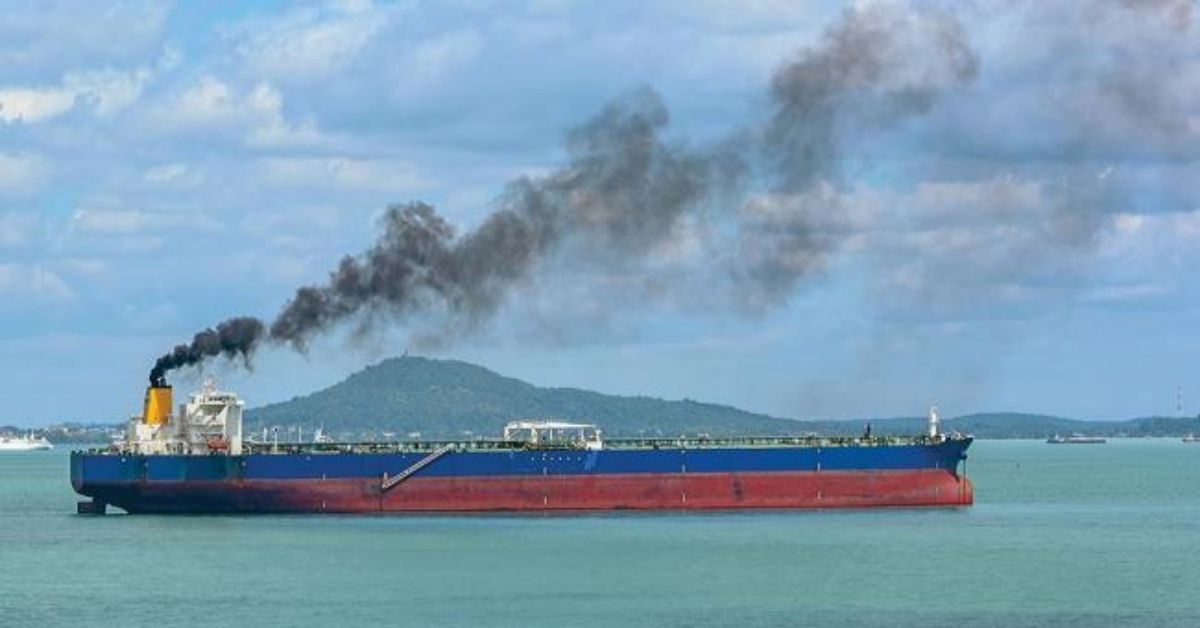According to a new study conducted by MarineTraffic and Energy and Environmental Research Associates (EERA), Just in Time (JIT) arrivals can lower container vessel fuel consumption and carbon dioxide emissions by 14% in every journey. JIT arrivals, according to the paper, allow ships to maximise speed during their voyage in order to arrive in port when berth, fairway, and nautical services are available.
According to the study, commissioned by the IMO-Norway GreenVoyage2050’s Global Industry Alliance to Support Low Carbon Shipping (Low Carbon GIA), JIT is a tool that can contribute to a ship attaining its required carbon intensity indicator (CII) and associated CII rating in accordance with IMO’s short-term GHG reduction measure, which will enter into force later this year.
“JIT can be taken up, together with other operational measures, in the enhanced Ship Energy Efficiency Management Plan (SEEMP) which will play a central role in the implementation of IMO’s recent energy efficiency measures,” said the study which explores the global implementation of JIT in the container sector.
Using Automatic Identification System (AIS) data from the pre-pandemic calendar year 2019, the impact of JIT on fuel consumption and emissions was assessed by optimising all voyages in three scenarios:
1. Over the entire voyage,
2. Over the last 24 hrs, and
3. Over the last 12 hrs.
The results show that while optimising speed over the entire duration of a voyage offers the greatest saving opportunity (displaying a mean fuel saving per voyage of 14.16%), there were benefits in all scenarios with savings of 5.90% (24 hrs scenario) and 4.23% (12 hrs scenario), respectively. This indicates that implementing JIT over the last 12 hours of a voyage can already greatly contribute to fuels and emissions savings.
“The study underlines that while we work to accelerate and scale the availability of the future green fuels, in the short-term significant emissions reductions can be achieved by bringing vessels, terminals and ports together to exchange standardised data and facilitate Just In Time arrivals,” said Capt. Andreas M. van der Wurff, port optimisation manager at A.P. Moller-Maersk and chair of the Low Carbon GIA Ship-Port Interface workstream. The Low Carbon GIA is a public-private partnership with the aim to develop innovative solutions to address common barriers to decarbonising the shipping sector. It was established in 2017 under the framework of the GEF-UNDP-IMO GloMEEP Project and now continues to operate under the framework of IMO-Norway GreenVoyage2050 Project.






